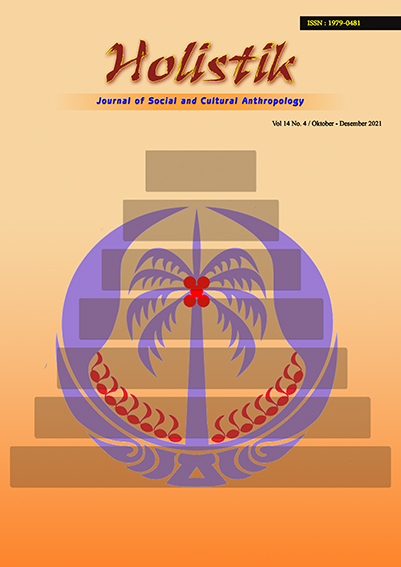TRADISI MOGAMA’ DALAM PERKAWINAN ADAT MONGONDOW DI DESA PUSIAN KECAMATAN DUMOGA KABUPATEN BOLAANG MONGONDOW
Abstract
Marriage is not just about meeting the biological needs and will of humanity, which is a bond or inner birth relationship between a man and a woman. Marriage is more precisely a social bond or legal covenant bond between persons that forms kinship as an institution in the local culture that formalizes intimate or sexual relations. While marriage, which is a ceremony to bind marriage vows carried out by two people with the intention of inaugurating the marriage bond legally religious, customary and state.
The realization of a marriage is inseparable from the various processes that must be passed. In its implementation, throughout the process towards a marriage is also influenced by a certain culture. This arises because culture also determines the social system including influencing the marriage system.
In the people of Pusian Village, Dumoga District, Bolaang Mongondow Regency, there is a tradition in traditional marriage called the Mogama’ tradition. Mogama’ tradition is a ceremony to pick up the bride or daughter-in-law by the groom's family which is carried out at the home of the groom' party.
The first stage begins with preparations that include deliberations between the two families regarding the timing of implementation, notification to the government and customary institutions as well as asking for time for the implementation of Mogama’. The second stage is the initial stage of pick-up or called Tompangkoi In Gama. The third stage is the stage of eating betel nut or called Pinomama'an. The fourth stage is the stage of shaking hands or called Ba Dati..
Keywords: ceremony, marriage, Mogama’
